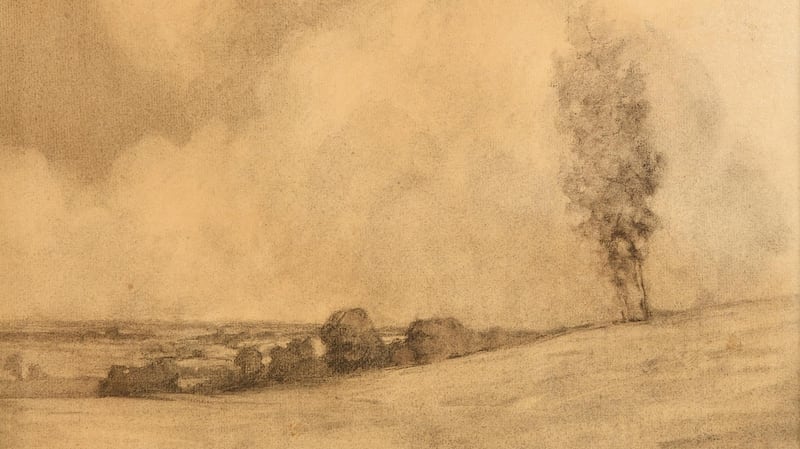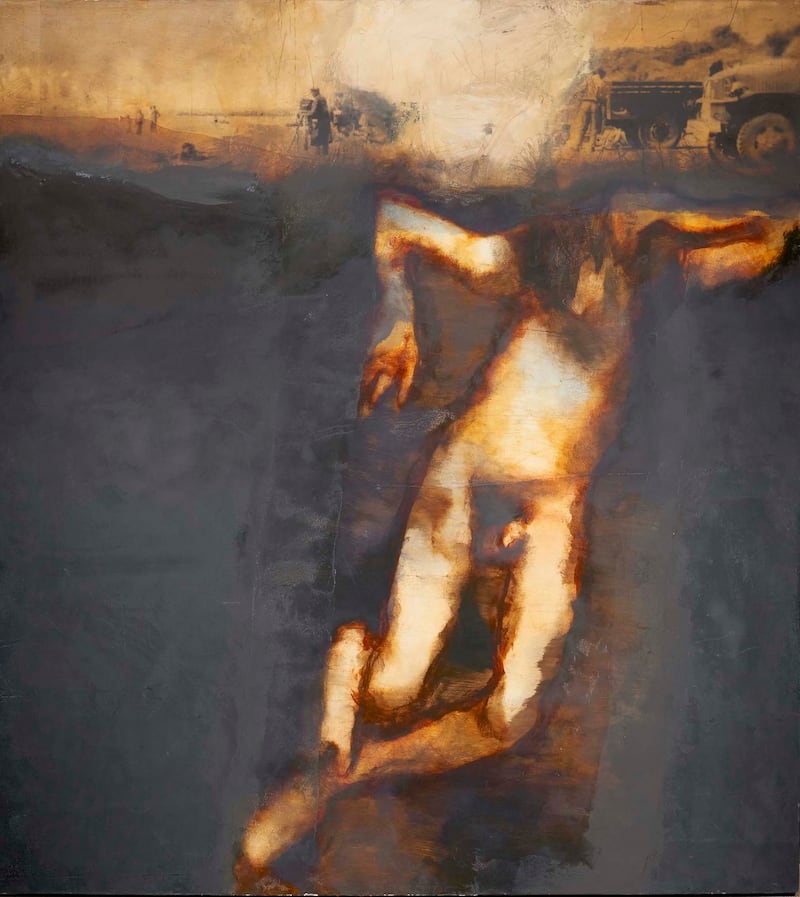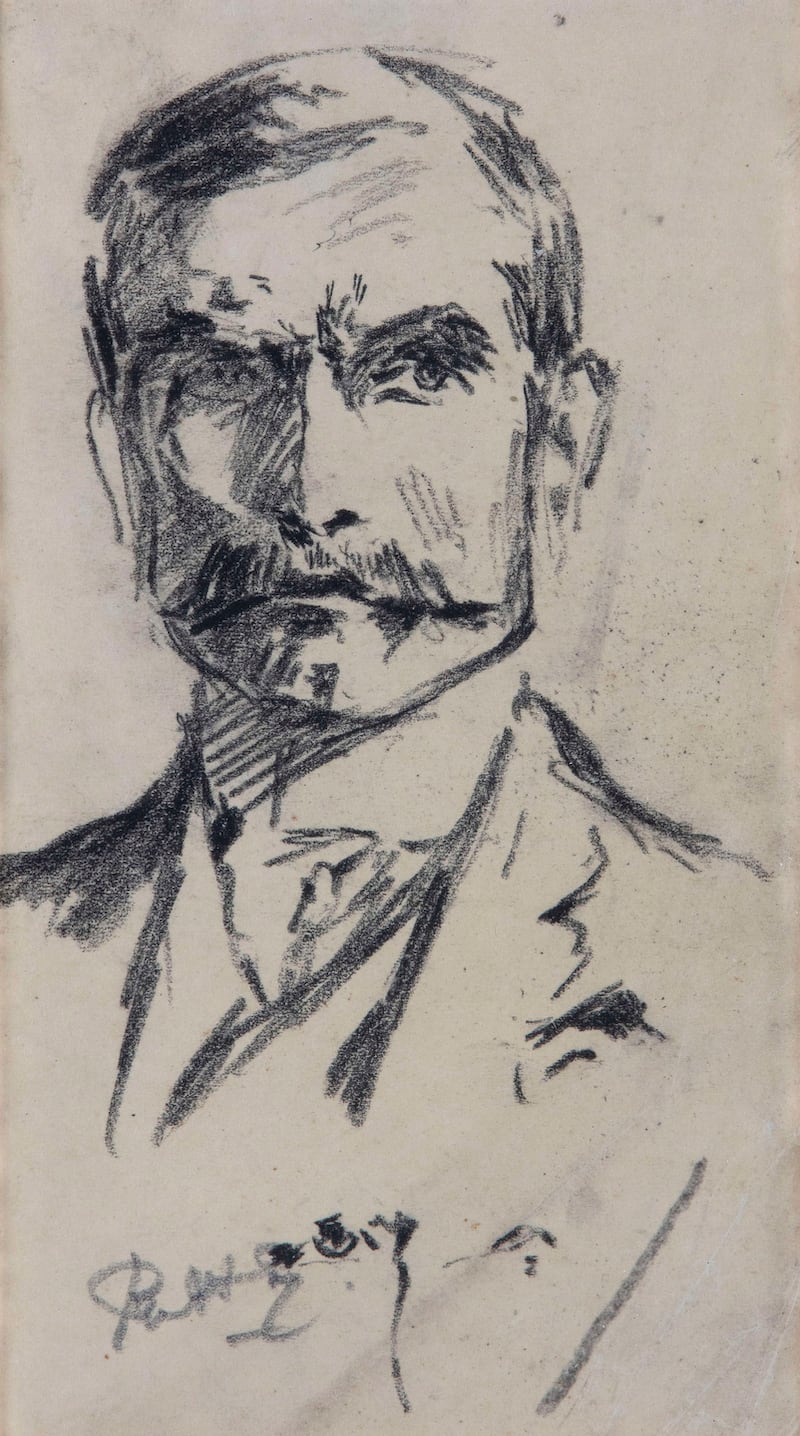The obvious reason for collecting art is to adorn our living spaces, but starting an art collection can be a daunting task. Where do you begin and what do you buy? Experts will often tell you to buy what you love, but you’ll need to do some homework too.
In his recent Instagram posts on buying art, James O'Halloran of Adam's on St Stephen's Green suggests the first step in starting a collection is to decide on the style of art you like.
Is it work by old masters or modern abstract compositions that makes you swoon when you walk by them in a gallery or auction house? O’Halloran suggests that once you know the stlye you like, research those artists then ask auction houses and galleries for advice.

Nicholas Gore Grimes, who ran the Cross Gallery on Francis Street specialising in contemporary art before rejoining Adam's in 2018, describes his personal collection as modest: "I try to add a piece or two each year from commercial galleries and at auction.
“Like most things in life, it develops; the more you see the more informed you become,” he says, admitting that he has purchased work in the past that he probably wouldn’t buy now, “but I have never regretted anything that I have bought, only the pieces I didn’t”. His favourite painting is a work by Mairead O’hEocha of a little mouse jumping mid-air, bought in 2008, “which still makes me smile”.
Gore Grimes suggests signing up to the website Dnote for weekly emails covering most of the art world in Ireland, giving details of exhibitions in both public and private art spaces all around the country.
He also stresses that when you purchase a contemporary artwork, as a buyer you play a vital role in the creative process, as it allows the artist to produce more work. Dedicated collectors are well aware of the value art has on society and how their support helps to strengthen the art industry.
Gore Grimes cites three contemporary artists who he thinks are "producing interesting work and showing with excellent galleries". Marcel Vidal, through the Kerlin Gallery, Sinéad Ní Mhaonaigh through Kevin Kavanagh, and Shane Berkery who is represented by Molesworth Gallery.
Researching artists also gives a narrative to paintings. Knowing the background of an artwork, many collectors take pride in talking about their collections, be it the symbolism in the work or what the artist was going through when the piece was created.
While some collectors stick with a certain style or specific artist, others collect a diverse range of artwork from various artists to convey different sides of their personality.
The head of Sotheby's in Ireland, Arabella Bishop, started her collection with 19th-century oils and 20th-century Russian art, which she admits was more than likely influenced by the fact that in her work she was specialising in those areas at the time. "Tastes change though and I recently sold the first paining I ever bought as it looked out of place in my current collection. It also meant I could buy something new, and my current collection is far more contemporary and in many different mediums, such as photography, ceramics and sculpture."
When starting a collection Bishop advises: “Don’t go with the intention of making money; the real value comes from your enjoyment. Research, evaluate and ask the specialists.
“It’s a journey,” she says. “One purchase can often lead to another and once bitten it’s hard to walk away. But in the end go for quality not quantity.”
Adam’s Irish Art Sale, which has been postponed from March to September this year due to Covid-19, has a Louis le Brocquy watercolour which James O’Halloran suggests is of the National Botanic Gardens or Smithfield market. Noting the “wonderful light” he says that its estimate of €3,000-€5,000 is a great way to pick up a piece by one of Ireland’s most noted artists at a reasonable price compared with le Brocquy’s major works.
At the recent de Vere’s sale in May, a le Brocquy watercolour, Liffey at the Custom’s House, achieved €4,600, showing that there are collectable works at Irish auctions to suit mid-price budgets.
Another piece to sell in the de Vere’s May sale was Baia IV by Hughie O’Donoghue which achieved €10,500. The work, measuring almost two sq m, is likely seen by te buyer as an investment, given that a world record for the artist was set last year when The Owl Run – a slightly larger work – achieved €109,557 against a reserve of €17,000-€28,000 through Sotheby’s.

Paul Henry is a much sought-after artist for many Irish collectors, and Morgan O'Driscoll's online sale (which ends on June 8th), has a charcoal drawing, Landscape and Clouds, by the artist listed at €10,000-€14,000.
The Adam’s Fine Art sale on September 9th, also has three Paul Henry paintings listed between €30,000-€70,000, in addition to a charcoal sketch by the artist at €300-€500 for more modest budgets.

It appears that the current crisis is propelling people to start collections while stuck in the confines of their homes.
Sotheby’s recently reported that its online sales of fine art and luxury goods have now surpassed $122 million (€111m) so far this year – up 500 per cent on the same period last year – and more than the entire sales of 2019 combined. New bidders accounted for a third of buyers, with a third of those aged under 40. In Ireland at de Vere’s May sale, 50 per cent of bidders were first-time clients – perhaps an indication of new buyers interested in starting collections.
"Irish art can be good value," says Rory Guthrie of de Vere's. "When you consider up to 10,000 artworks are sold annually here, there are good opportunities to purchase original artworks between €500 and €1,000." See adams.ie, ,morganodriscoll.com, deveres.ie and sothebys.com













